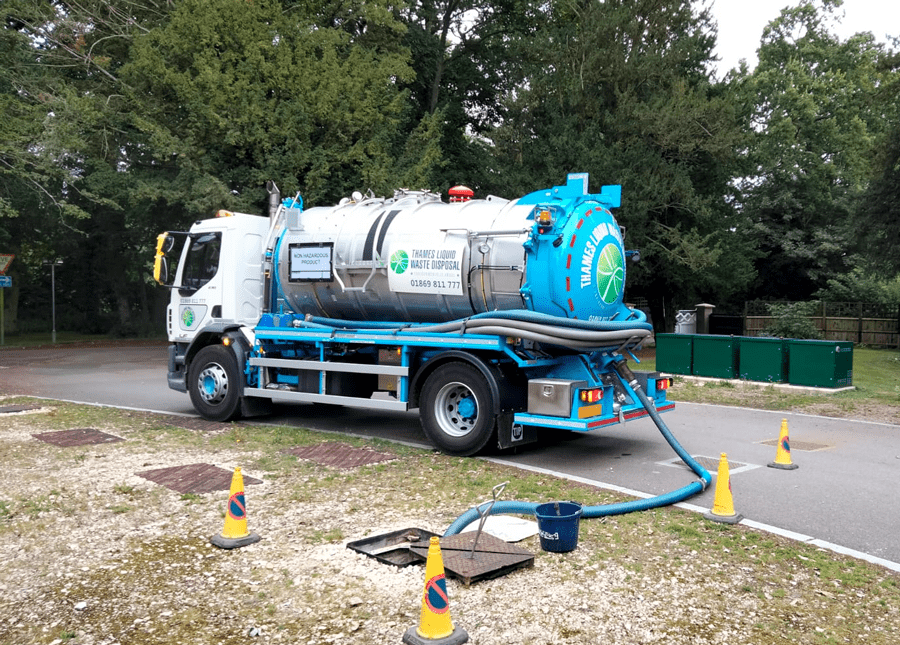Some Known Details About Reclaim Waste
Some Known Details About Reclaim Waste
Blog Article
The Basic Principles Of Reclaim Waste
Table of ContentsWhat Does Reclaim Waste Do?Things about Reclaim WasteFacts About Reclaim Waste UncoveredThings about Reclaim WasteThe Only Guide to Reclaim Waste
Check out the kinds, occurrences, and kinds of fluid waste. Domestic sewer waste describes the waste and items from a residential septic tank. This kind of waste is produced by humans in homes, institutions, and other structures. This only includes septic systems that have a drainpipe area. The proper management and disposal of residential sewage waste need fluid waste to be transferred to a sewage treatment plant where the proper methods and equipment are used to cleanse and dispose of waste.
Industrial waste often includes potential dangers, such as flammable materials or a mix of liquid and strong waste items, and calls for a much more advanced and comprehensive disposal process. The disposal of business waste generally entails the filtering of waste before transportation to guarantee safe and appropriate disposal. Hazardous waste is developed from results and drainage of commercial processes and manufacturing.
This sort of waste can not make use of the same sewer monitoring transportation or procedures as septic or industrial fluids. The hazardous waste monitoring process calls for the evaluation and testing of fluid waste before it undergoes the disposal process (liquid waste removal melbourne). Overflow waste is the fluid waste that originates from overflow and excess stormwater in highly populated areas or cities
Runoff waste can create contamination and flooding if not handled appropriately. Making certain appropriate waste management can stop disasters and lower ecological harm.
Reclaim Waste Fundamentals Explained
Get in touch with PROS Providers today to learn more about our waste management and disposal services and the appropriate ways to care for the fluid waste you create.
(https://www.kickstarter.com/profile/reclaimwaste1/about)This so-called 'wastewater' is not only an important source however, after therapy, will certainly be launched to our land, rivers or the sea. Used water from toilets, showers, baths, cooking area sinks, washings and commercial processes is known as wastewater.

water utilized to cool down machinery or tidy plant and equipment). Stormwater, a kind of wastewater, is overflow that streams from farming and urban locations such as roofs, parks, gardens, roadways, paths and gutters into stormwater drains, after rain. Stormwater moves untreated straight to neighborhood creeks or rivers, at some point reaching the ocean.
9 Simple Techniques For Reclaim Waste
In Queensland, many wastewater is treated at sewer therapy plants. Wastewater is transported from domestic or commercial websites via a system of sewage systems and pump terminals, recognized as sewage reticulation, to a sewer therapy plant.
The Department of Natural Resources encourages city governments concerning handling, operating and preserving sewerage systems and therapy plants. In unsewered areas, city governments might require owners to mount individual or home sewer treatment systems to deal with domestic wastewater from toilets, kitchens, shower rooms and washings. The Department of Natural Resources authorizes making use of house systems when they are shown to be reliable.
A lot of stormwater receives no treatment. In some brand-new neighborhoods, therapy of some stormwater to remove trash, sand and crushed rock has started utilizing gross toxin catches. Wastewater therapy takes place in four stages: Gets rid of solid issue. Larger solids, such as plastics and various other items mistakenly discharged to sewers, are gotten rid of when wastewater go to website is passed with displays.
Wastewater then moves right into big containers where solids work out and are gotten rid of as sludge. Oil and scum are skimmed from the surface area. Uses little living organisms called micro-organisms to damage down and remove remaining dissolved wastes and fine particles. Micro-organisms and wastes are incorporated in the sludge. Removes nitrogen and phosphorus nutrients that might trigger algal flowers in our waterways and threaten marine life.
The Basic Principles Of Reclaim Waste
Nutrient elimination is not available at all sewer treatment plants since it needs expensive specialist tools. Clear fluid effluent created after treatment might still contain disease-causing micro-organisms - industrial wastewater treatment.

This usually suggests wastewater has to be treated or pollutants removed prior to it can be discharged to waterways. The majority of wastewater moves right into the sewerage system. Under the Act, neighborhood federal governments carry out approvals and licences for ecologically appropriate activities (Ages) including wastewater releases that may have a local influence. The division carries out approvals and permits to Periods entailing wastewater launches that may have a regional or statewide effect.
Some Known Factual Statements About Reclaim Waste
Monitoring provides accurate info regarding water quality and can validate that permit problems are being met. The details obtained through surveillance supplies the basis for making water top quality decisions.
Report this page